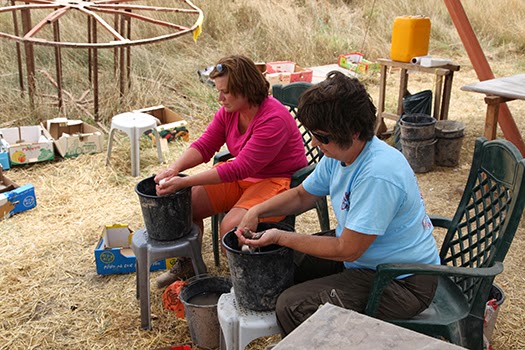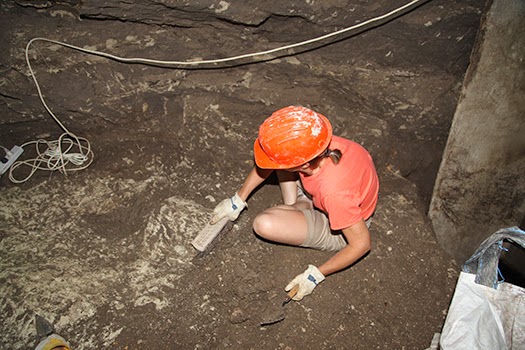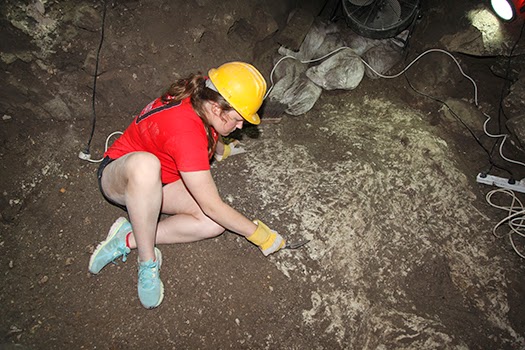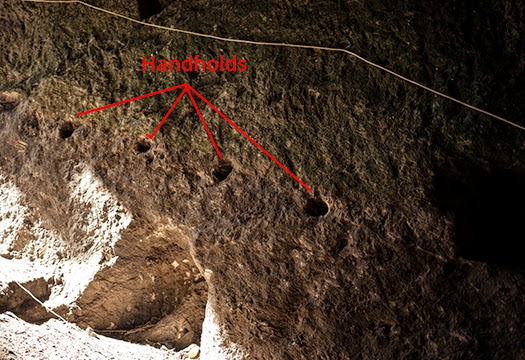 |
| British Ambassador Matthew Gould speaks at Tel Gezer June 11. Photo by Brian Mooney |
By Gary D. Myers
Our hearts are full tonight. Full with wonder regarding this
massive and mysterious ancient water system. Full with the satisfaction that
comes through diligent labor on a significant project. Full with hopes of
returning to finish the quest to explain the mysteries of the system. Full with
the fellowship and partnership on display tonight during the wonderful
celebration at Tel Gezer.
Six Flags over Gezer
Tonight’s event was planned as grand celebration to mark the end of the Gezer
Water System Expedition conducted by New Orleans Baptist Theological Seminary
(NOBTS) and the Israel Nature and Parks Authority (INPA). Something special to
conclude the initial five-year commitment. While we did finish the initial five-year
commitment, task is not finished and we will have to return next year. Everyone
took this in stride. The speakers, which included Tsvika Tsuk, INPA chief
archaeologist; Shaul Goldstein, INPA director general; Matthew Gould, British Ambassador
to Israel; and Leora Berry, director of Israel’s Tangible Heritage Unit in the
Office of the Prime Minister; and Jim Parker, executive director of the Moskau
Institute for Archaeology at NOBTS, spoke with excitement about what the future
holds for the dig, and ultimately, the future opening of the system to
visitors. The event seemed to spark new interest in the expedition and hopefully it will spur the project along to a very successful conclusion in the next few years.

Six flags flew over the tel tonight. Each one symbolized
some significant contribution in discovering and studying the Gezer water
system. The flags of Ireland and Great Britain commemorated R.A.S. Macalister’s
dig at Gezer in the early 1900s. The Irishman, digging with British funding
provided the Palestine Exploration Fund, discovered the water system and
conducted a partial excavation. The beautiful, blue and white flag of Israel,
the INPA flag and the Gezer Regional Council flag were all present. Obviously,
we could not be here without the support of this beautiful nation, the parks
authority or the Gezer council. And of course, the stars and stripes of Old
Glory were there to represent the NOBTS team and our hard work at the site.
When Tsvika mentioned the “six flags” earlier in the week, we all chuckled and
someone told him about the Six Flags amusement parks in the U.S. From that
moment on, some of us have been referring to the celebration as “Six Flags over
Gezer.”
Two Thumbs up for Mr. Gould
British ambassador Matthew Gould came to see the system for the first time
tonight just before he delivered his remarks at the celebration. He was clearly impressed by the
work that has gone on to clear the system and awestruck at the fact the ancient
peoples crafted such a magnificent thing so long ago. We were all impressed
with Mr. Gould. He was personable, taking time to meet and chat with many of
our team members. Gould’s remarks were thoughtful, gracious and complimentary
of all who have been involved in the project.
 |
| Dr. Parker speaks. It's that a pretty location? Photo by Brian Mooney. |
Here for the Long Haul
Dr. Parker’s remarks were excellent as always. He unapologetically shared how
foundational the Bible is to our faith and how we are seeking to learn about
the context in which the Bible was written. Traveling here and digging here
helps us better teach NOBTS students how to teach the Bible to others, he said.
Parker also said that our love for Israel and its people keeps us coming
back. If you come to this land and really let it in, Israel will never by too far from your heart and mind.
Parker said that NOBTS intends to finish the water
system dig, but when that is complete, we will find another place to dig. In
essence, Parker said NOBTS plans to participate in archaeology here for years
and years to come.
Then we ate. The food was amazing! Asi Gino, our crane operator, asked us (with a sly smile) if we would rather have our usual lunchtime sandwiches instead of this fabulous spread. He couldn't find any takers.
Until Next Year
First thing this morning, our team worked to expose as much of the floor as
possible and, you guessed it, the floor stepped down again. We cleaned that
area and looked for a stopping point. The digging is done for the year and we
still haven’t hit the lowest point of the pool.
Tomorrow our team will sift the three remaining bags of material, wash and sort pottery and
clean up the site. Final photos will be taken tomorrow morning as well.
We end this season short on conclusions. But, I for one,
feel no real sense of disappointment. We have many questions to ponder over the
coming year and that is a good thing. Right now, the water system at Gezer is like
a giant puzzle with many missing pieces. Next year we will renew our efforts to
find those missing pieces and begin to put together that puzzle. One thing is certain, when we do
finish this excavation, we will have quite a story to tell. More tomorrow.
Shalom.

























